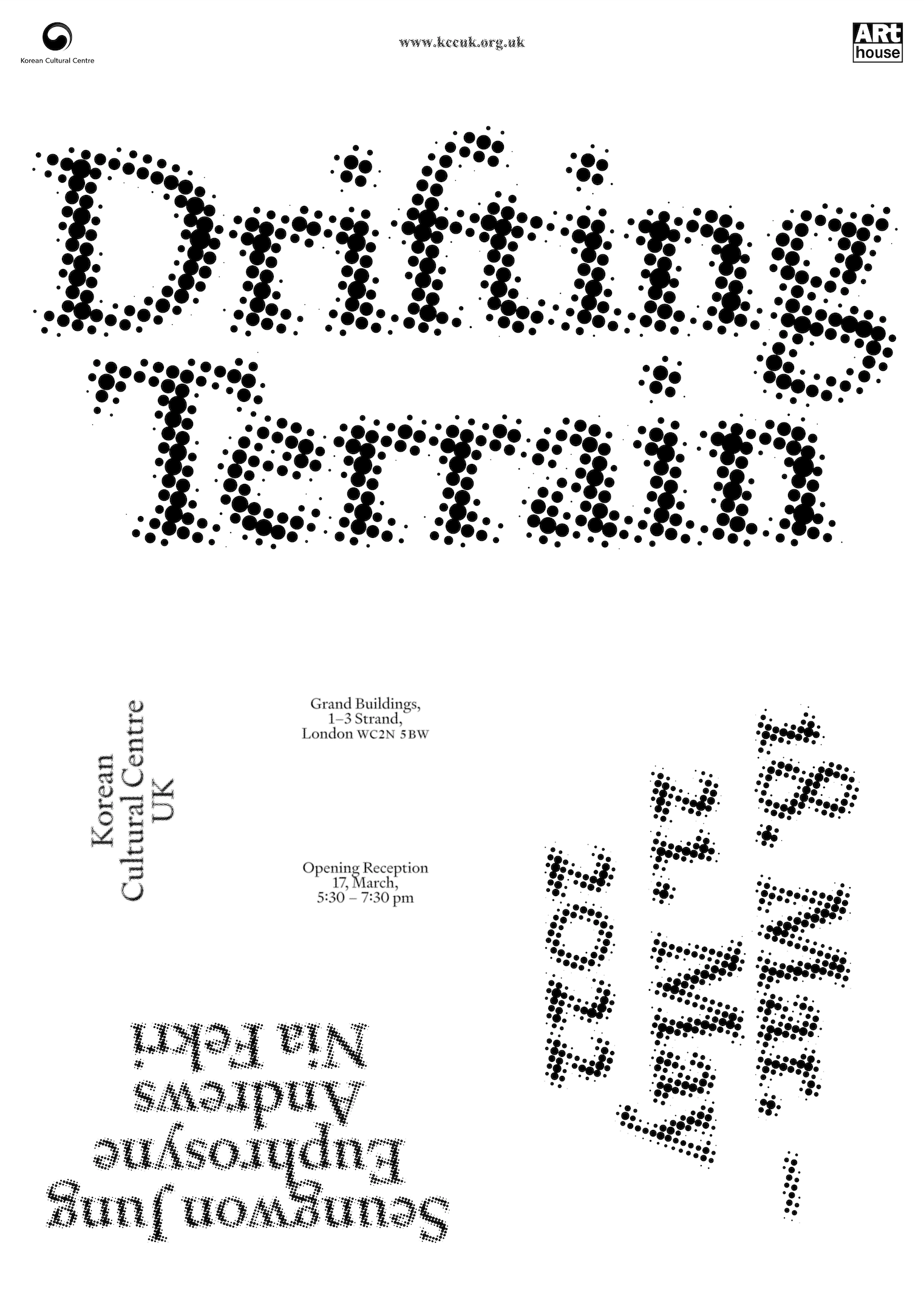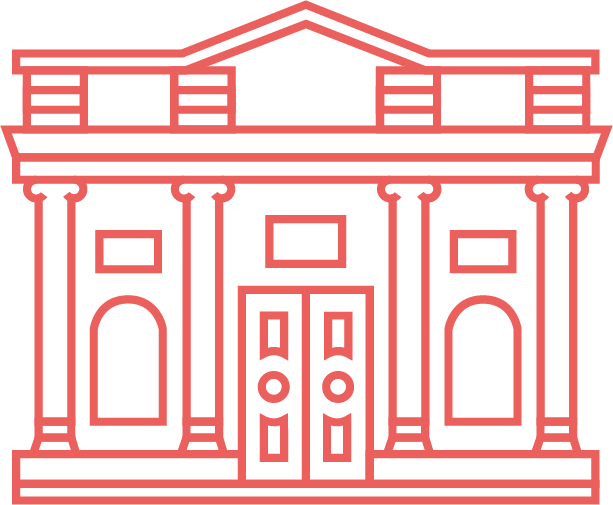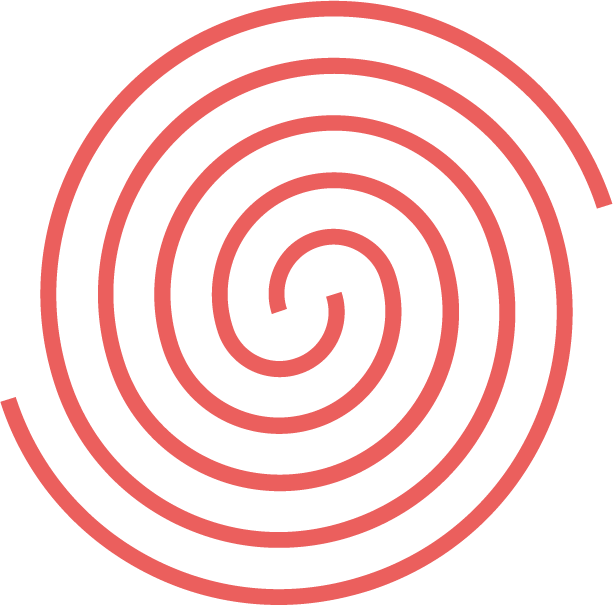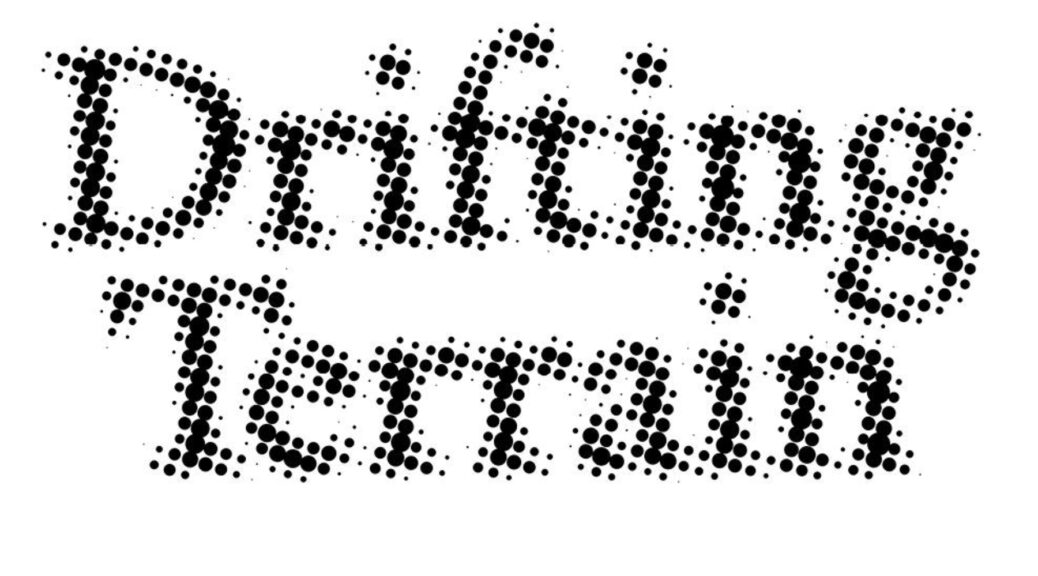
17th March 2022
OFFSITE: Korean Cultural Centre UK
18 March – 21 May 2022
Private View: 17 March, 5.30 – 7.30pm, RSVP essential
The Korean Cultural Centre UK (KCCUK) is pleased to present Drifting Terrain, an exhibition featuring recent and newly-commissioned works by UK-based artists, Euphrosyne Andrews, Nia Fekri and Seungwon Jung, running from 18 March – 21 May 2022. Both aligning with the UK’s cultural initiatives and celebrating Lewisham’s designation as the 2022 London Borough of Culture, the KCCUK has developed this exhibition in collaboration with Lewisham Arthouse, inviting three artists whose works span various medium to reimagine the ‘space’ and where we stand
Place matters here, as Drifting Terrain is firstly rooted on the geological sphere of these two localities – Lewisham and Embankment at large. Given the different locations of the KCCUK and Lewisham Arthouse, ultimately linked to representing different communities and cultural codes, the exhibition aims to over-lap each other’s boundary and space, to question the distinction of ‘centre’ and ‘periphery’, and to highlight the possibility of sharing the urban space and reconnecting through art.
By constantly blurring the boundaries and shifting our perceptions, these three artists bring their works and practices into the KCCUK as a way to redefine the space within a socio- political context.
Nia Fekri’s video work Mother’s Apricot Compote conveys, through the monologues of two women who are geographically separated, personal and familial memories tied to the experience of migration. By reciting their own stories, the two protagonists, through the apricot fruit preserved in sugar, form a solidarity based on yearning. The spaces they occupy transcend the barriers of physics and become a living, organic presence that is forever moving and drifting, that brings together people, and the past and the present.
Whilst Nia’s focus on the social and personal aspects of space, Euphrosyne Andrews in turn looks at the relationship between public space and private space. Inspired by the parks or industrial areas scattered across the UK and prevailed gentrification, her new works include a structure that overlays industrial materials with domestic patterns seen on curtains and carpets, and a site-specific installation mirroring the ornate facades of the architecture directly opposite. The works address how material associations can shape our interactions within the public realm, questioning the invisible power dynamic or hierarchy embedded into spaces.
Seungwon Jung takes on an even bigger lens to look into the relationship between human and the environment, and recreates time and space through textile and her craftmanship. The Digital Strata series is a work of tapestry whereby textile patterns are extracted from digital images of the strata. These geological layers represent the accumulated time of the earth over a vast period and the history of this space becomes a personal record through the artist’s labour and time taken to complete the weaving.
Through a wide range of materials and art-making practices, the exhibition aims to reposition our viewpoints of the understanding of the topography of where we are placed and where we belong.



